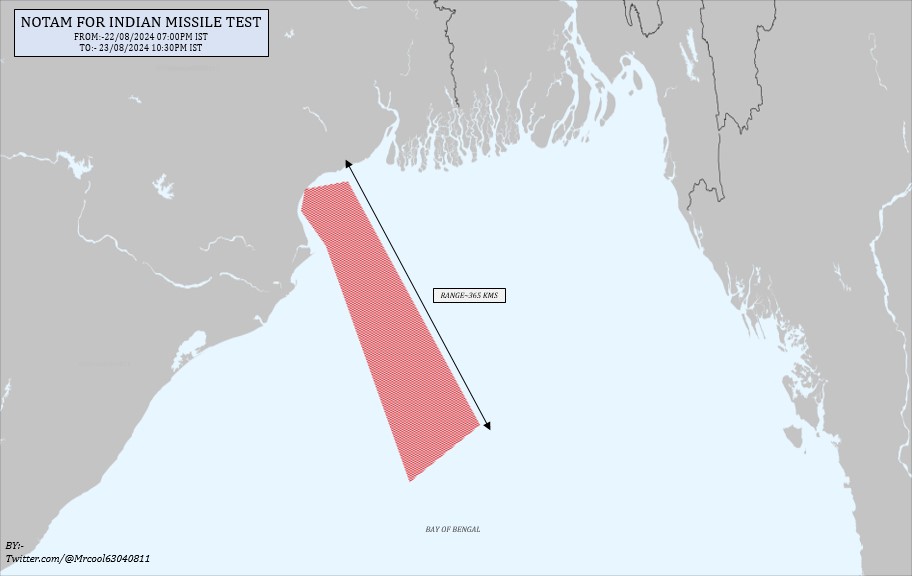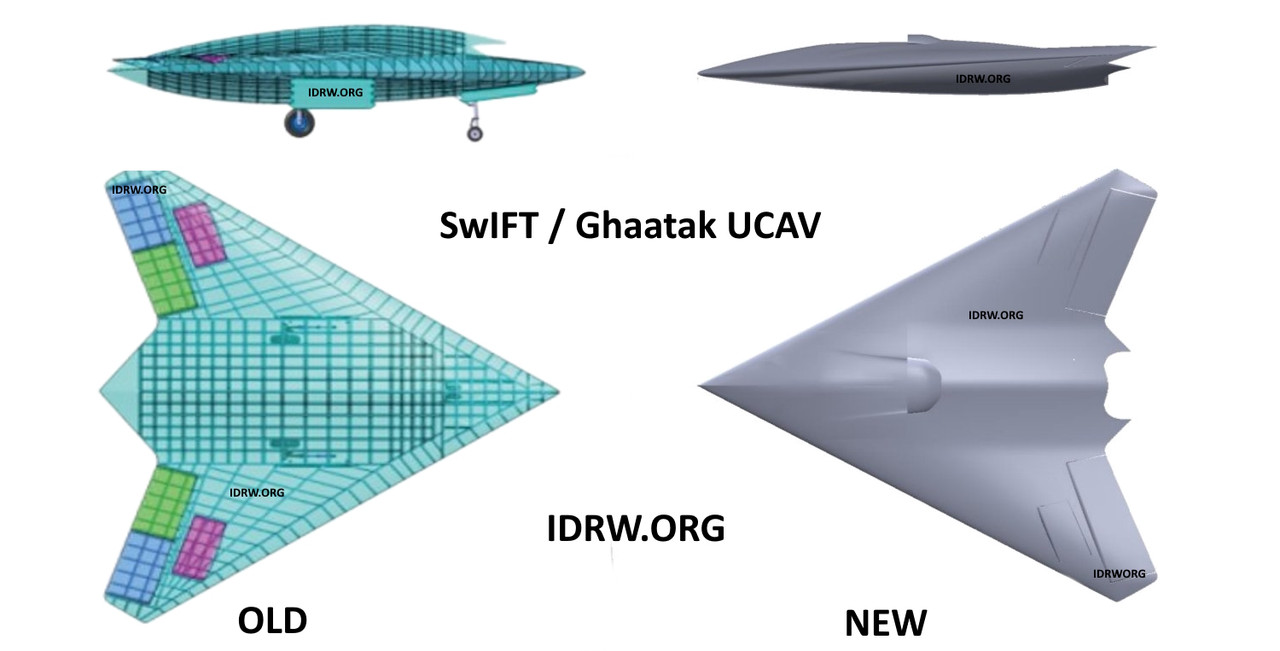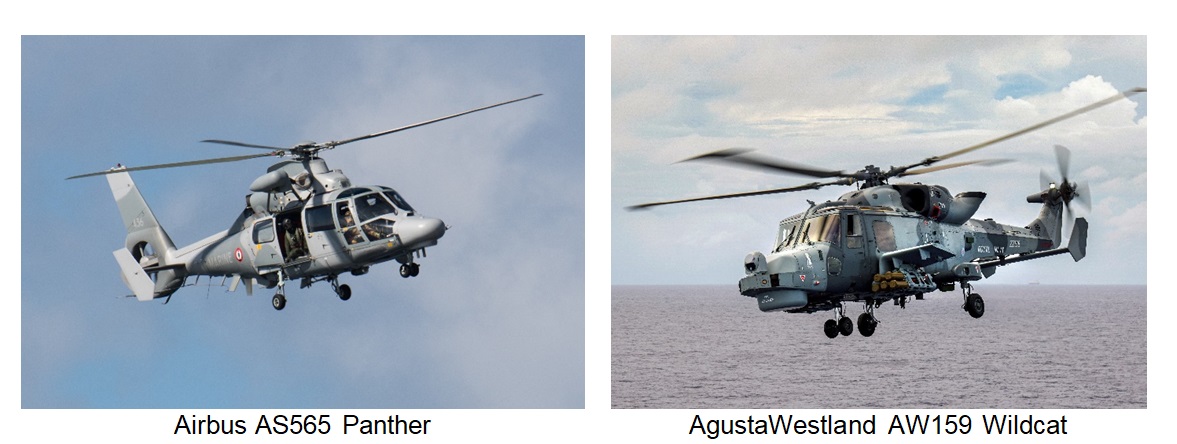SOURCE: AFI
India is positioning itself as a global powerhouse in ammunition manufacturing, with the potential to capture a significant share of the growing global market, according to a new report by FICCI and KPMG.
The AMMO India 2024 report underscores the burgeoning opportunities in the ammunition sector, driven by increased global military spending, ongoing geopolitical conflicts, and rising insurgency concerns. The global ammunition market is projected to reach a substantial Rs 1,84,092 crores (US$ 22 billion) by 2032, expanding at a CAGR of 3.95%.
Continue readingSOURCE: AFI
The Defence Research and Development Organisation (DRDO) is making significant strides in developing the next generation of anti-tank weaponry. In a recent interview, DRDO Chairman Dr. Samir V Kamat confirmed the ongoing development of the Nag Mk II, an advanced anti-tank guided missile (ATGM).
The Nag Mk II is poised to be a significant upgrade over its predecessor, the Nag. It is designed to be a lightweight, all-weather, fire-and-forget, lock-on after launch missile, offering enhanced capabilities to combat modern armored threats.
Continue readingSOURCE: AFI

India has issued a Notice to Airmen (NOTAM) declaring a no-fly zone over a 365km area from August 22 to 23, 2024, indicating an impending missile test. While the specific details of the missile remain undisclosed, the extensive area covered by the NOTAM has sparked speculation about the type of missile to be tested.
The possibility of an air-to-air missile system being tested is one of the primary theories, given the relatively smaller area often associated with such tests. However, the larger size of the restricted airspace has also led to speculation about a potential surface-to-surface missile system being evaluated.
Continue readingSOURCE: AFI

A significant milestone was achieved in India’s space sector as ISRO Chairman S Somanath announced the successful completion of the Small Satellite Launch Vehicle (SSLV) development process. The agency is now set to transfer this crucial technology to Indian industries, marking a pioneering step in the country’s space journey.
Speaking to reporters post the successful launch of the SSLV, Somanath emphasized that this is the first time such advanced technology is being shared with the private sector in India. The move is expected to bolster the capabilities of Indian industries, enabling them to build smaller rockets and contribute substantially to the nation’s burgeoning space economy.
Continue readingSOURCE: RAUNAK KUNDE / NEWS BEAT / IDRW.ORG

The Indian Air Force’s (IAF) ambitious plan to acquire 114 new fighter jets through the Multi-Role Fighter Aircraft (MRFA) program faces a significant hurdle: global supply chain disruptions. This critical issue is impacting the production rates of existing fighter jets and affecting the availability of engines that power them.
International aerospace companies are grappling with a shortage of special alloys, a key component in fighter jet manufacturing. This shortage has led to production slowdowns for current fighter jet programs, potentially impacting timelines for the MRFA tender.
Continue readingSOURCE: RAUNAK KUNDE / NEWS BEAT / IDRW.ORG

The Indian Air Force (IAF) has given the green light to a proposal by the Defence Research and Development Organisation’s (DRDO) Aeronautical Development Establishment (ADE) to transform its SWIFT UAV technology demonstrator into a full-fledged mini-UCAV bomber program.
Originally conceived as a 1-ton technology demonstrator for the larger Ghatak UCAV, the SWIFT UAV has rapidly evolved due to the increasing significance of unmanned aerial vehicles (UAVs) in modern warfare. The ADE’s proposal to convert it into a mini-UCAV bomber is a strategic move to bolster India’s aerial capabilities.
Continue readingSOURCE: RAUNAK KUNDE / NEWS BEAT / IDRW.ORG

A French Air Force Rafale fighter jet that encountered technical difficulties during the recent Tarang Shakti exercise in Tamil Nadu was rapidly returned to service thanks to the robust cooperation between India and France.
The unexpected repair was made possible through the Mutual Logistics Support Agreement (MLSA) signed by the two countries. This strategic partnership allows for the sharing of logistics and services between the armed forces of both nations.
Continue readingSOURCE: DINESH BEHARA / FOR MY TAKE / IDRW.ORG

In 2017 Indian Navy issued an RFI for 111 Naval Utility Helicopters (NUH) to replace ageing license-built Alouette III /Chetak helicopters. The RFI stipulated that the helicopter should be in the category of 5 tons and should be able to carry out operations such as Search and Rescue (SAR), Medical Evacuation (MEDEVAC), Communication Duties, Anti-Piracy and Anti-terrorism, Humanitarian Assistance, and Disaster Relief (HADR) and Surveillance and Targeting in both day and night. [1]
The Navy was looking for a utility helicopter with limited sub-surface targeting carrying at least one torpedo and capable of undertaking the operations both from ships and shores.[1]
Continue readingSOURCE: AFI

In a significant boost to the Indian Air Force (IAF), Hindustan Aeronautics Limited (HAL) is set to ramp up production of the AL-31 FP engines for the Su-30MKI fighter jets. A fresh order for approximately 230 engines is expected to be placed in the coming days, with deliveries scheduled over the next few years.
The AL-31 FP engine is the powerhouse of the Su-30MKI, and the IAF’s entire fleet of these twin-engine fighters relies on this crucial component. With a total requirement of around 950 engines, this order is a crucial step in ensuring the long-term operational readiness of the IAF’s backbone fighter fleet.
Continue readingSOURCE: AFI

India has achieved a significant milestone in its technological advancement with the successful development of large cryopumping technology. This indigenous capability is set to revolutionize various sectors, including space research, nuclear science, and semiconductor manufacturing. This work has been done at the Institute for Plasma Research (IPR), Gandhinagar, under the Dept. of Atomic Energy (DAE).
Achieving and maintaining high to ultra-high vacuum conditions is crucial for several critical applications. However, until recently, India relied heavily on imports for large cryopumps, essential components in vacuum systems. Recognizing the strategic importance of this technology, domestic efforts were initiated to bridge this gap.
Continue readingSOURCE: AFI

The Indian Army is in the process of phasing out its fleet of Mahindra Rakshak armored vehicles, replacing them with the more advanced Mahindra Armored Light Specialist Vehicle (ALSV). This strategic move comes after years of service and concerns raised about the Rakshak’s capabilities.
Initially introduced in 2005 with an order for 200 vehicles, the Rakshak, based on the Mahindra Commander jeep, gained popularity within the Indian Army and other security forces. A subsequent order for 800 units was placed in 2009, highlighting its demand. However, the vehicle’s performance came under scrutiny, with a Comptroller and Auditor General (CAG) report in 2008 criticizing its underpowered nature and the consequent risk it posed to soldiers.
Continue readingSOURCE: IDRW.ORG TEAM
The Indian Air Force (IAF) is looking to significantly bolster the capabilities of its MiG-29 fighter jets by equipping them with stand-off ground attack weapons. A recent Request for Proposal (RFP) issued by the Ministry of Defence, on behalf of the IAF, invites industry partners to collaborate on this project, which will be overseen by the IAF’s No.11 Base Repair Depot.
The IAF has identified an urgent need to upgrade 24 MiG-29 aircraft to carry the High Speed Low Drag (HSLD) Mark-II stand-off weapon, capable of striking targets at a distance of over 180 kilometers. This enhancement requires substantial modifications to the aircraft, including the integration of new hardware and software systems.
Continue readingSOURCE: IDRW.ORG TEAM

VayDyn, a startup incubated at the IISc-supported AI and Robotics Technology Park (ARTPark), has unveiled its groundbreaking Vyom Nano-Drone. This compact marvel of engineering boasts impressive capabilities, making it a versatile tool for a range of applications.
With a focus on smart autonomy, the Vyom Nano-Drone stands out with its fully autonomous flight capabilities. Its pocket-sized design ensures easy portability, allowing users to deploy it effortlessly in various environments. Equipped with low-latency digital FPV video telemetry, operators can enjoy real-time, high-quality video feeds, enhancing situational awareness.
Continue readingSOURCE: AFI

Tata Advanced Systems, a subsidiary of Tata Sons, is on the cusp of securing a substantial order for over 100 wheeled armored vehicle platforms from the Indian Army. According to industry sources, the Indian Army is poised to issue a Request for Information (RFI) in the near future, marking a significant step towards finalizing the deal.
Developed in collaboration with the Defence Research and Development Organisation (DRDO), the 8×8 wheeled armored platform represents a crucial advancement in India’s indigenous defense capabilities. This joint venture underscores the growing partnership between the private sector and the government in bolstering the nation’s military might.
Continue readingSOURCE: AFI

In a strategic move to bolster its surveillance and reconnaissance capabilities, Pakistan has reportedly purchased Supercam drones from Russia. The acquisition of these advanced unmanned aerial vehicles (UAVs) marks a significant enhancement of Pakistan’s aerial monitoring capabilities, enabling a broad range of military and civil applications.
The Supercam S350 is one of Russia’s flagship unmanned aircraft systems, designed for aerial photography, video monitoring, and a host of other critical missions. One of the standout features of the Supercam S350 is its endurance in the air. It can remain airborne for up to 7 hours, making it a formidable tool for extended surveillance operations. Additionally, the drone can transmit information over long distances, ensuring that real-time data reaches command centers without delay.
Continue reading